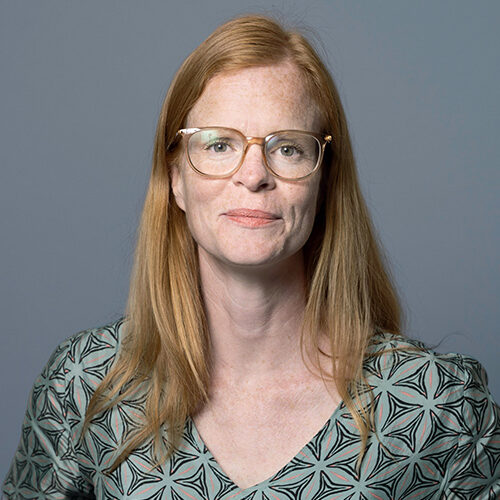Profile of the supervisor
Prof. dr. Marleen Kamperman received her PhD in Materials Science & Engineering from Cornell University, Ithaca, NY. From 2008 to 2010, she was a postdoctoral researcher at INM – Leibniz Institute for New Materials in Saarbrücken, Germany. She started her group ‘Bioinspired Functional Polymers’ as Assistant Professor at Wageningen University in the Physical Chemistry and Soft Matter department in September 2010. In 2014, she was a visiting professor in the Soft Matter Sciences and Engineering Laboratory at ESPCI ParisTech, Paris, France. In 2018 she was appointed Full Professor in Polymer Science at the University of Groningen. Her group is positioned at the interface of chemistry, biology and physics and is interested in the biologically inspired processing and synthesis of polymeric materials. She is fascinated by the emerging understanding that liquid coacervate phases are crucial in the processing of many different biological material systems. Her group pioneered the design of complex coacervate-based adhesives that solidify upon specific environmental triggers.
Expertise
Coacervates, Polyelectrolytes, Self-assembly, Bio-inspiration
Profile of the research group
Threads produced by velvet worms are remarkably sticky and stiff; the beak of a jumbo squid is extremely hard; and spider silk is incredibly tough. Drawing inspiration from a variety of these materials, the Polymer Science research group at the University of Groningen, aims to develop bio-inspired designer materials systems. Recently, biologists discovered that a crucial element in the processing of many of these natural materials are coacervates, which are concentrated macromolecular phases that form upon liquid liquid phase separation from the initial solution. The macromolecules that form coacervates are often polyelectrolytes, charged polymers. It seems that the liquid coacervate phases enable processing of the material and allow for conformational changes within the material before solidification. Thus, the coacervate nature plays an important role for obtaining the extraordinary properties in these natural materials. In our group we mimic this environmentally benign processing and develop new synthetic materials, in which combinations of different noncovalent interactions, like electrostatic and hydrophobic, are used to facilitate processing. We use different polymerization techniques and processing tools to develop novel (block co-) polyelectrolytes for a variety of applications, including adhesives, scaffolds, bioinks, fibers, and coatings. We are also experienced in 3D bioprinting and related aqueous-based processing tools for tissue engineering purposes.
